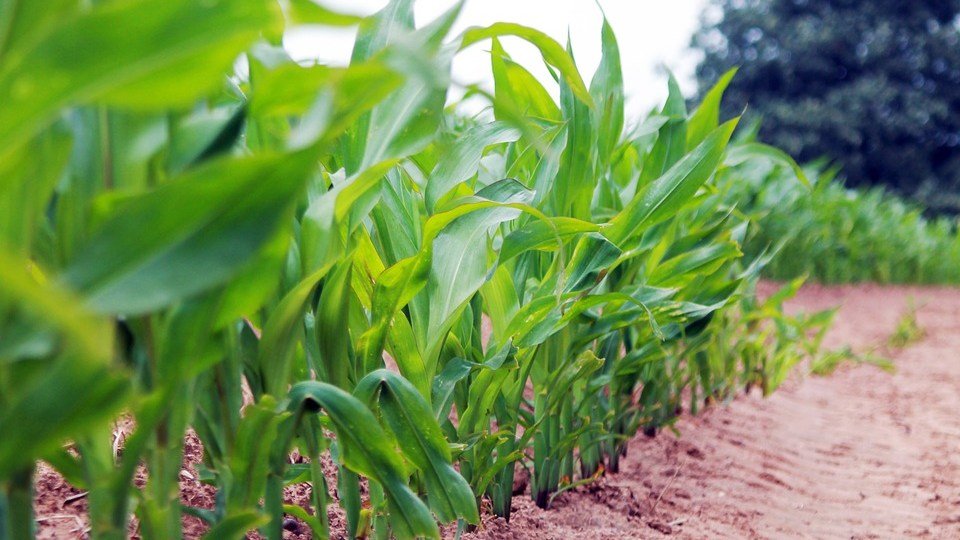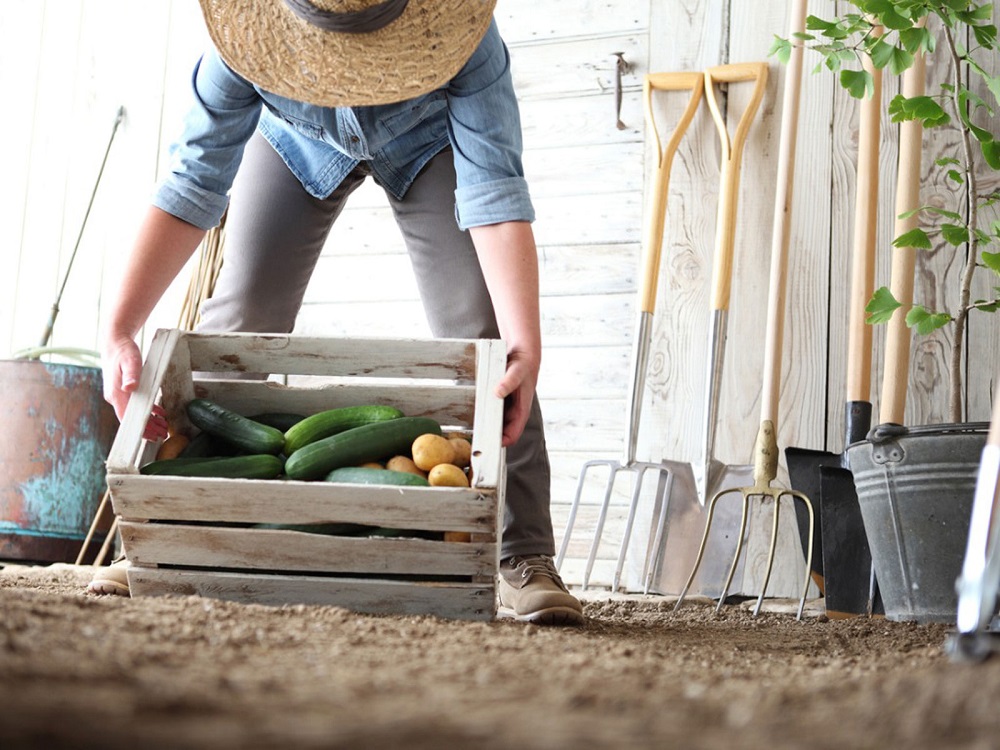You don’t have to be a famous curmudgeon like Jeremy Clarkson to see the appeal of starting your own farm. And you don’t need to be a world-famous celebrity to get your start in agriculture. In fact, with proper planning, a small farm can be had for little more than the cost of land and the manual labor required to start it up.
Those looking to start a farm will want to consider factors such as the size of acreage they want, what purpose it will be for, and one’s own capabilities as a farmer. While farming can be an alluring profession for those that enjoy hard work, it is important to remember that many established farms don’t make a profit.
1. What is the purpose of the farm?
Answering this first question is of the most importance, as it will dictate many answers, such as how many acres will be required for the preferred type of farming, (i.e., focusing on livestock versus crops.) There is a lot to consider when choosing a niche, and the larger the farm the more expensive it will be to start and run.
Smaller farms will have lower startup costs, though they also will have less utility when compared to larger outfits. The USDA has noted a rise in the number of smaller farms, which are commercial farms with yearly sales of up to $250,000, or $1,000 for non-commercial farms. Even just two or three acres may be more than enough for most homestead-style farms, and being small doesn’t mean that a farm can’t produce a lot on a smaller plot of land.
Of course, there are some aspects of farming that benefit from being done at a larger scale, such as industrial-style livestock ranching. If this is the path that most appeals to you, be prepared for a much more difficult and expensive path to starting your farm.
In short, will your farm be a profit-making enterprise or more of a lifestyle choice? Deciding this will determine many of the next steps to take. Not sure which type of farm is right for you? Try to find work in agribusiness and see what style of farmstead appeals most to you.

2. Select a location
Selecting a location is one of the most important steps you will take, after all, you can’t just pick up and move land with you. The quality of the land, in terms of fertility, will be just as important as the price. The largest differentiator many potential farmers will notice is the cost of land can vary greatly from state to state. Farmland in New Mexico, for example, will be much cheaper than land for sale in close by California.
This is why having a good knowledge of your chosen farming niche beforehand is so vital. Certain states are known for particular crops or livestock. One example would be Iowa’s grip on hog production, more than a third of the country’s pig farms are in the state. So, if you’re planning on cultivating pigs, it may be helpful to relocate there, as resources and markets have already been clearly defined. And with over 5,000 pig farms already operating in the state, there clearly is safety in numbers.
Other factors to keep in mind besides soil quality is having access to water (for both transit and irrigation) along with proximity to markets.
3.Get financed
Before being able to actually purchase farmland and gather equipment, it will be important to start a relationship with a lender for financing in hopes of securing a down payment loan and a further line of credit. This is important because farms will often accrue expenses over a growing season that can’t be paid until they bring their goods to market. There are many different lenders and programs to help farmers that are just starting. One of the best programs to look into is the USDA’s loan program for beginning farmers and ranchers.
Any lender will require a well-thought-out business plan before parting with their capital, so be sure to come up with an erudite plan that will pass scrutiny—otherwise, you’re probably just wasting everyone’s time. Looking at sample business plans for other agro-businesses can be a great help in generating ideas of your own.
4. Gathering equipment
Now that you’ve acquired capital and land, it is time to gather your equipment. This is most people’s favorite part, after all, who doesn’t secretly want to get behind the wheel of a tractor with a combine hooked up to it? What equipment your farm will need will depend largely on your niche, and the necessities to get the farm started should be included in your business plan.
If you can avoid expensive outlays for equipment in the beginning, all for the better. Yet, that doesn’t mean you should skimp on vital equipment or quality components such as seeds and fertilizer.
A tractor is a key piece of equipment that almost every type of farm will require. New farmers can often skip the expense of buying new tractors by looking for used ones locally. Don’t forget to factor in the cost of accessories for your tractor. One part that is often overlooked is the difference a quality tractor canopy can make for those tasked with toiling in the fields. A skid Steer is also a must have. There are different attachements you will need for different jobs like a skid steer landscape rake, a post driver, and a post pounder.

5. Work hard and bring your goods to market
The final step is to do the actual work of farming. Whatever you choose to cultivate, it is good to have a plan for how to market your refined product once it is ready. Marketing can mean everything from looking at packaging options to finding possible outlets for your goods. This is when it can pay to have good neighbors, as those farmers with more experience and deeper business relationships can help shepherd newer farmers to market. Another good place to look for leads is your local agricultural or farmers association.
The Rest Is in Your Hands!
In the end, of course, the best path to success is to produce quality products that gain a reputation for themselves. By following the five steps outlined above, any farmer will be well on their way to success. Please don’t hesitate to reach out with any questions or comments and thank you for reading!






